Many people who work in esports claim to love it. The presumption is that you have to. If you didn’t, surely you could find a better way to make a living. Of course, by the same token, those in the upper echelons of esports wouldn’t still be here if they weren’t at least a little comfortable. This is why the word “passion” remains a running joke in the industry. The community will bandy the term around to lord their luminaries, proof that they must care. To people on the inside of the business, losing your passion is synonymous with a shrinking profit margin. That’s why it’s worth talking about people who really put their money where their mouth is. And there are few better examples of this than German esports stalwart Dennis “TaKe” Gehlen. Having cut his teeth as a competitive Warcraft 3 player, he moved onwards and upwards quickly, finding management roles for legendary esports organizations, such as SK Gaming, and then broadcasting with ESL TV. Many esports personalities have similar genesis stories. What singles out Gehlen is that he literally lives in his own venue: He converted his own home into a studio and tournament venue, pumping in thousands and thousands of his own money into that process. It would eventually give birth to one of StarCraft’s most beloved events, The Homestory Cup. The Homestory Cup is an event like no other. There are qualifiers for the tournament. But players are generally invited on the basis of being able to have a good time. The same process is extended to the media, with only the least intrusive of journalists being accepted into Gehlen’s home. The event is broadcast around the clock. Players not only compete in an event with a significant prize fund—$25,000 at the most recent cup—but also in poker tournaments and drinking games. As they are eliminated they engage in commentating duties on the sofa, drinking beers and eating meals cooked by a hired chef. Everyone comes and goes as they please. For players, it’s a rare break from the structured and draining environment of other tournaments. There are no locked doors or security. But fans still wait patiently and respectfully outside for a glimpse of their esports heroes. In a few days, the 10th Homestory Cup will begin, a landmark event—and one Gehlen had no idea he would reach. The creation of the cup was a leap of faith that ended up paying off. And how he’s trying another. Last month, Gehlen launched an Indiegogo campaign in a bid to upgrade to a bigger venue with a better studio and facilities. Called “Pimp The House” the project aims to raise $100,000—a somewhat lofty goal in a time when skepticism about esports crowdfunding is constantly on the rise. Last week, journalist Harold Goldberg came under criticism (including from this author) for a Kickstarter intended to expand upon his Playboy article on League of Legends, but that tempted fans with additional chapters that would only be unlocked after additional fundraising goals were met. Then there’s the 2011 Kickstarter Sons of StarCraft, which failed to deliver on multiple promises after raising $42,000. But Gehlen believes he can make his goal a reality, with or without the money—which he intends to just help payoff a loan he’s already taken. And with things seemingly going so well, the initial question is “why now?” “After ten events we finally wanted to do what we had in our minds for a long time” he explained to the Daily Dot. “New ideas about the content we want to make and the chance to stream several games at the same time due to having three studios on site. Most importantly it was about having the space to have an audience that can feel close to the production. There’s nothing worse than having to say to people ‘there’s no room’ when we want as many people to share in this as possible.” Gehlen also plans to bring machines into the new venue so he can manufacture merchandise on site, perhaps even to-order for attendees, to help spread the word about the event as far as possible. I’ve attended a lot of events down the years, and most of the merchandise I got occupies drawers I never open (and only remember it’s there when my other half asks me why I haven’t thrown it away). The competitors medal Gehlen gave me after I attended his eighth event takes a place of pride next to my desk, hovering over me as I write this. It’s not hard to imagine people would want to take away something from their time in this unique environment. What were the chances of “TaKe TV” suffering from the Icarus syndrome that plagues a lot of Kickstarted projects—coming close to something incredible only to crash down to Earth due to a lack of foresight? “We chose Indiegogo because our hopes are that people who like what we do will be willing to support us” he assures. “It’s not like we will stop if we don’t reach a specific amount of money. I took a huge loan, about $300,000, to build up this new location and the Indiegogo is there to take the pressure away, nothing more. If I can reduce the debt or even have the chance to make the location even cooler than we hoped for, then that is great for us. That’s why we actually started it.” He was all too aware about the shadow cast by other community-funded pojects, like Sons of StarCraft, that either never materialised or failed to come close to expectations. In a time when the phrase “broken promises” has become a meme among StarCraft enthusiasts, wasn’t there a chance they would turn on even one of their favourites for asking for money? “Actually yes and we discussed it a lot in our team if its a good idea to ask since I really hate to be indebted to others” he elaborated.
“On the other hand I did really hope that TaKeTV as a brand and me as a person have shown that we are trustworthy. We’re not the type of people to rely on handouts and whenever we have asked for community assistance it has been with something well planned out, something that not only explains why but with a pledge we know we can deliver.”
The relationship between Gehlen and his fans has always been close. It’s not something he wishes to leverage in a cynical manner. When people travel from across Europe to attend his event, usually stationing themselves in the Irish bar next door, Limericks, he always looks to accommodate them. This time he has placed a significant amount of trust in them, offering some very strange perks for contributors, such as being invited on picnics with the team. Even in the gaming world, where “trolling” is considered an art form and swatting is an almost daily occurrence, he isn’t worried about it backfiring. “We actually made these up during a night when all the crew had been working for about fifty hours straight and none of us had any sleep” he says laughing.
“When you give something back in a project like this it needs to be personalized, so backers feel connected. Even things that may seem ridiculous, like creating a personalised fairy tale for a backer and reading it out on stream, will really mean something to that individual.”
He was avoiding the elephant in the room. When the donations hit $50,000 Gehlen has agreed to be controlled by Twitch chat for a whole day, broadcasting the results live. He’s calling it “Twitch Plays Dennis,” a nod to the hugely popular Twitch Plays Pokemon phenomenon from earlier this year. “Oh, that? Yes, you are right, this might be very crazy and dangerous for me.” He says no more about it. That may well be a pledge he comes to regret. But right now, he says he has no real regrets about living the esports life, despite putting some of his other life’s goals on hiatus. “It’d be easy sometimes to say that I do” he says.
“You know, the debts, working sometimes 120 hours a week, even 90 hours on a slow week. I don’t get to play football with my team anymore, which I loved to do, and there’s lots of other little things I miss. Then, when you see what we have built together, think about what we can go on to achieve and all the good times that we have had, with better times to come… Yeah it’s worth it.”
If it’s all been worth it for him, does he think this latest proposal would be worth it for the community? “Let’s be honest, I can only give my personal opinion here” he says after a pause. “But I think the esports community will definitely benefit. This new studio set-up means we can reach fans of more games and show them what a Homestory Cup is about. We don’t run the big budget prize funds that other tournaments do. But we know how to create a viewer experience a lot of people enjoy. Next year we want to give the people a chance to get more of that. That has to be worth something, right?” Speaking from experience, I’d say so.


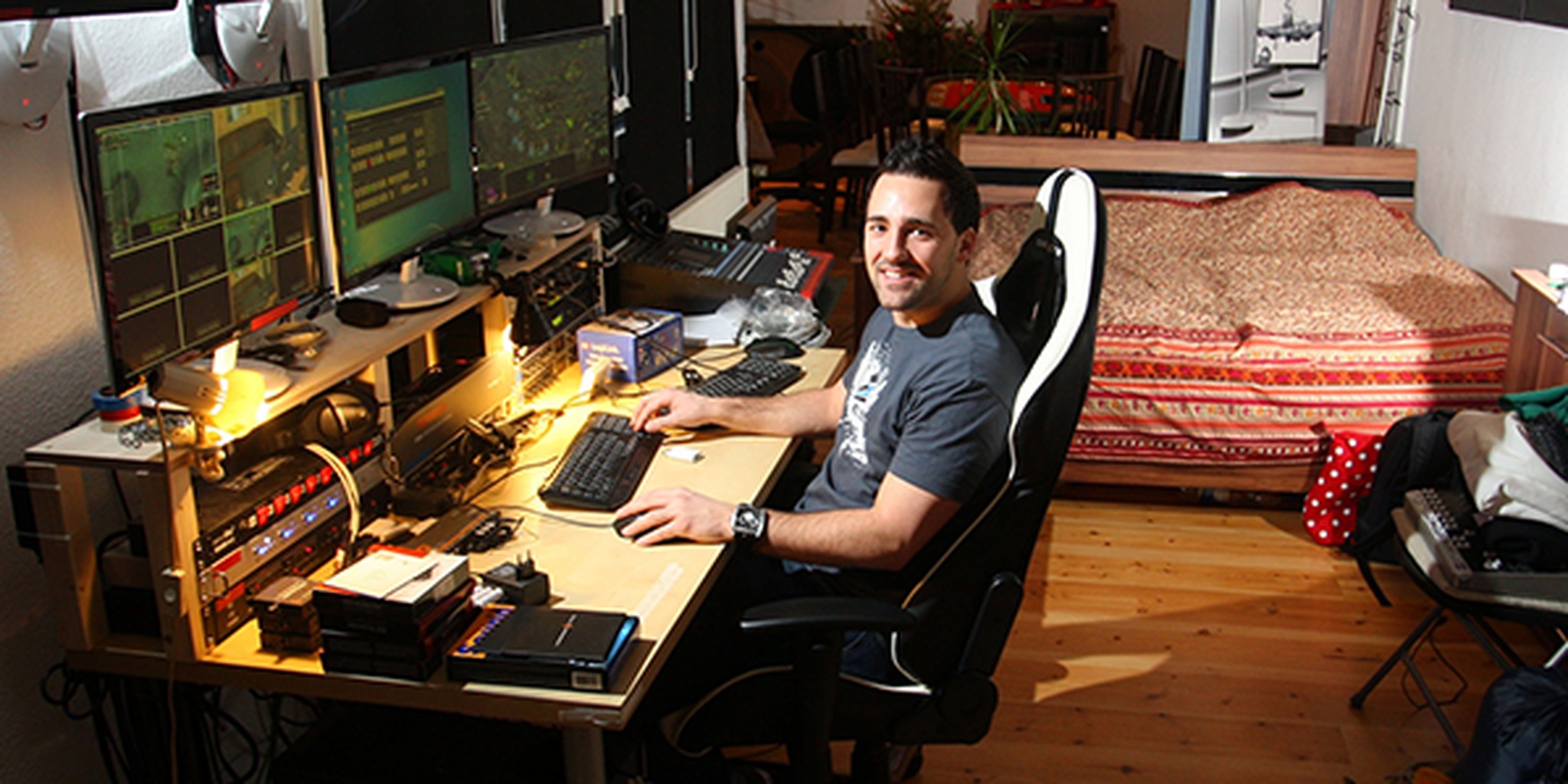
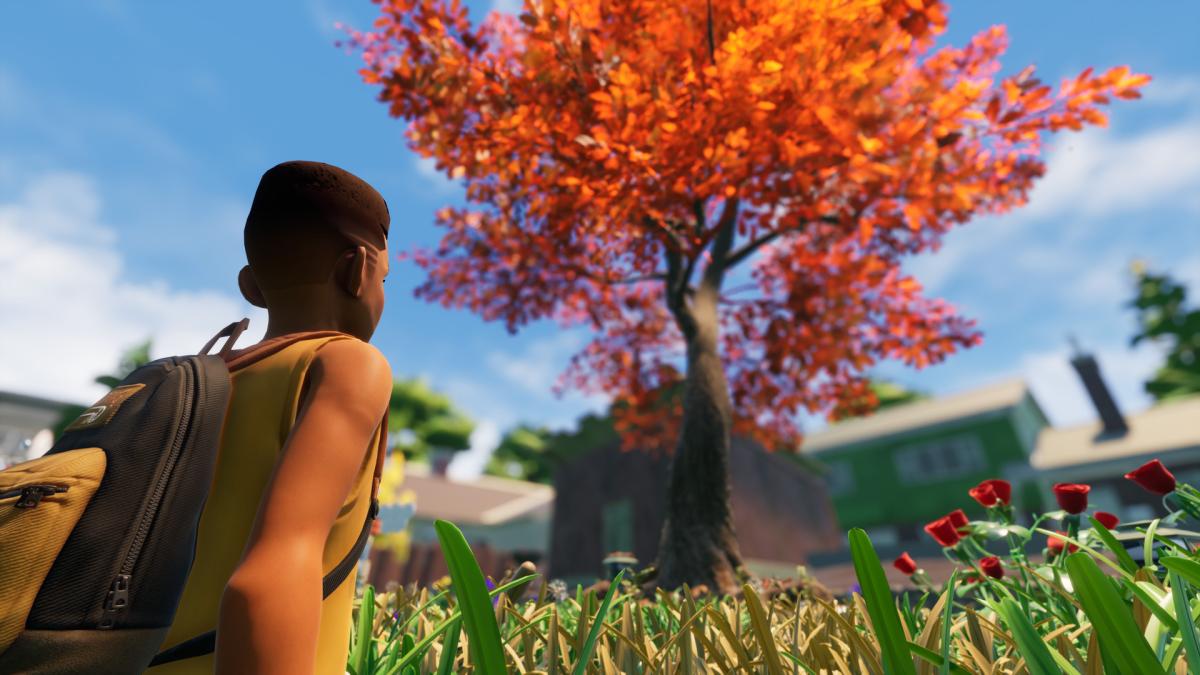
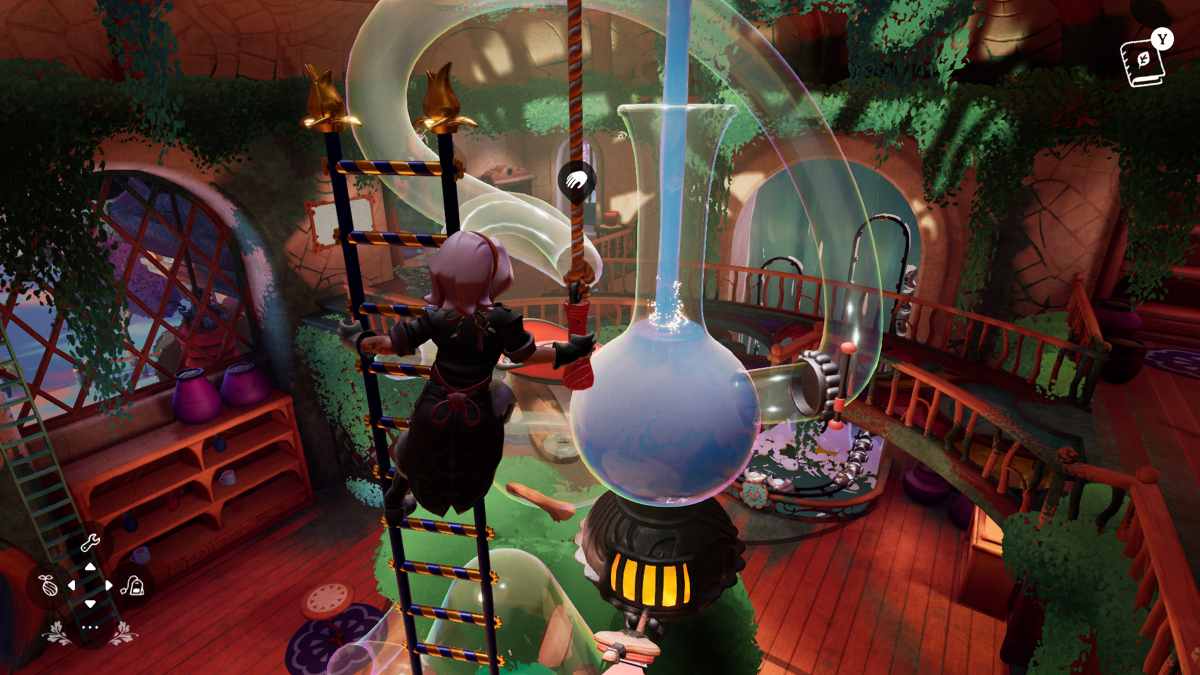
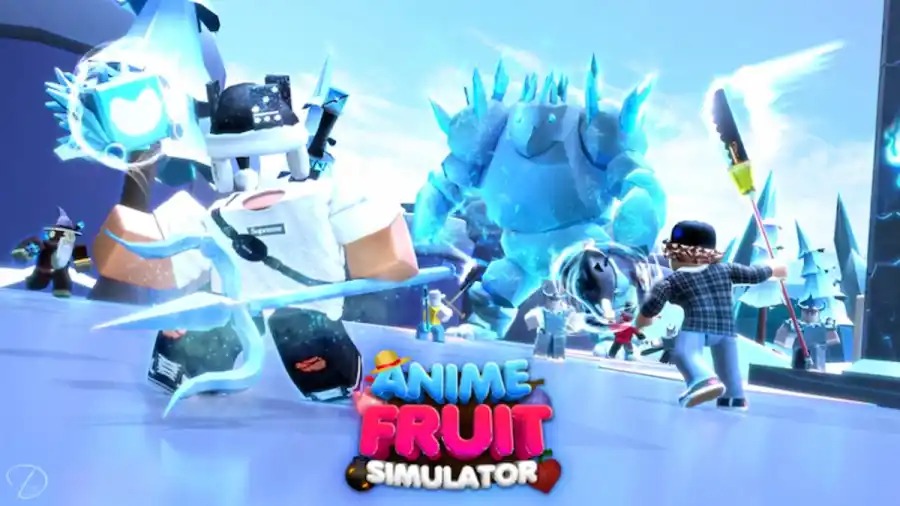
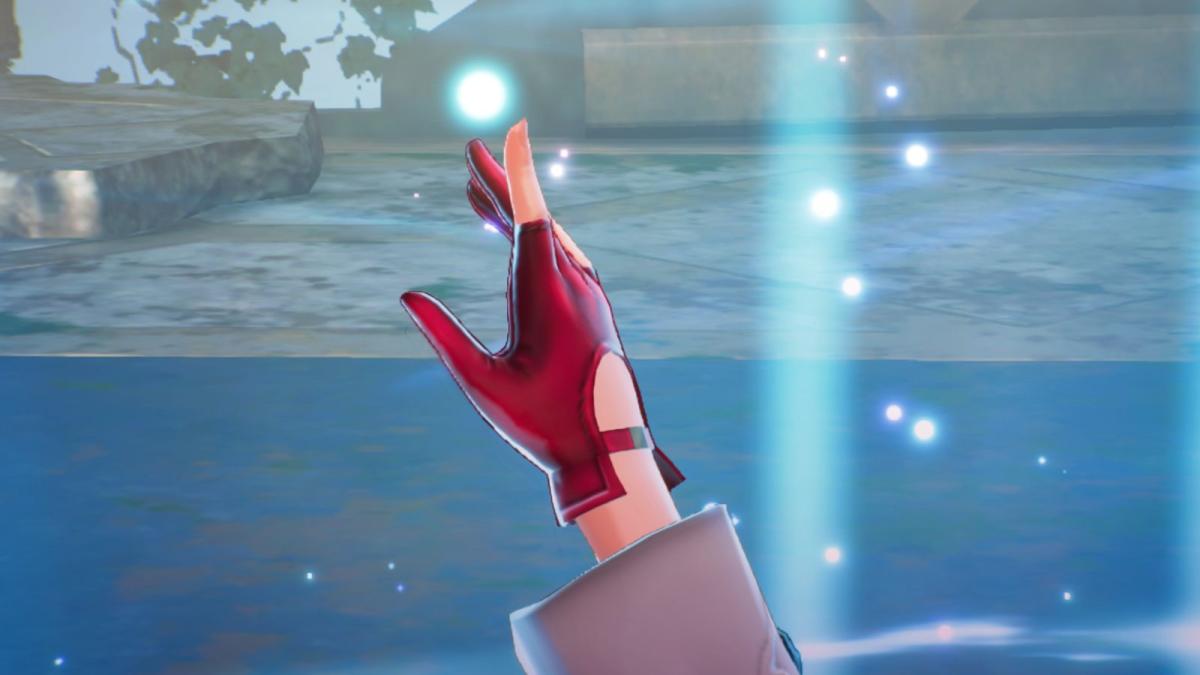
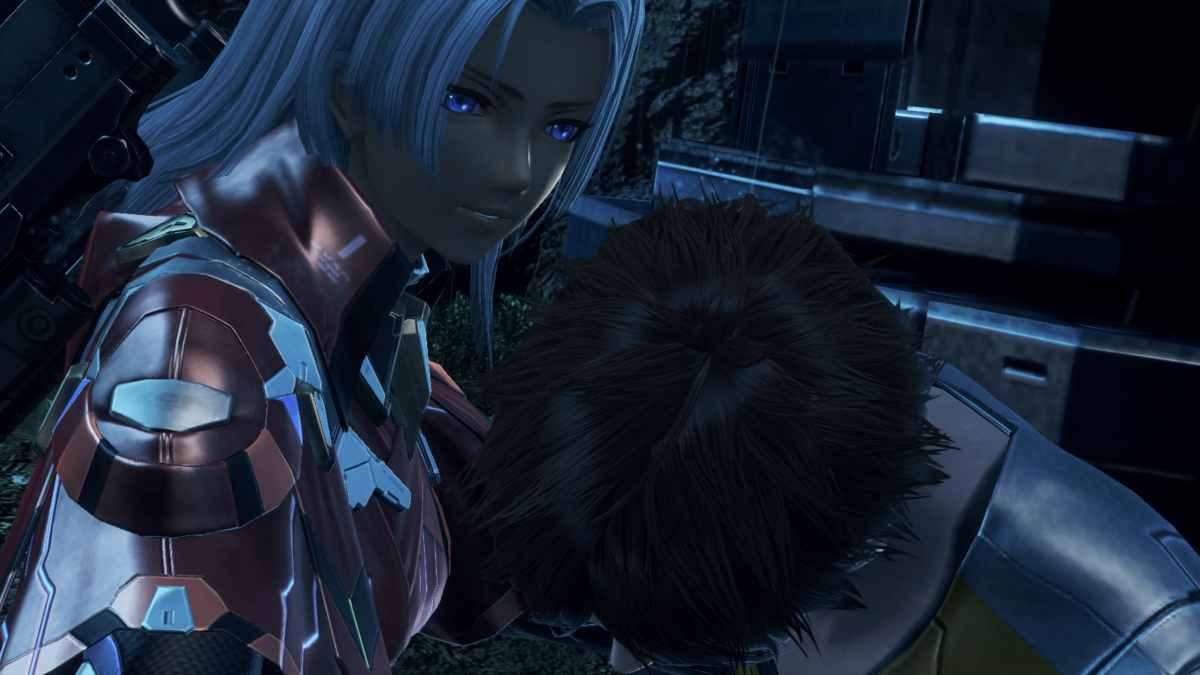
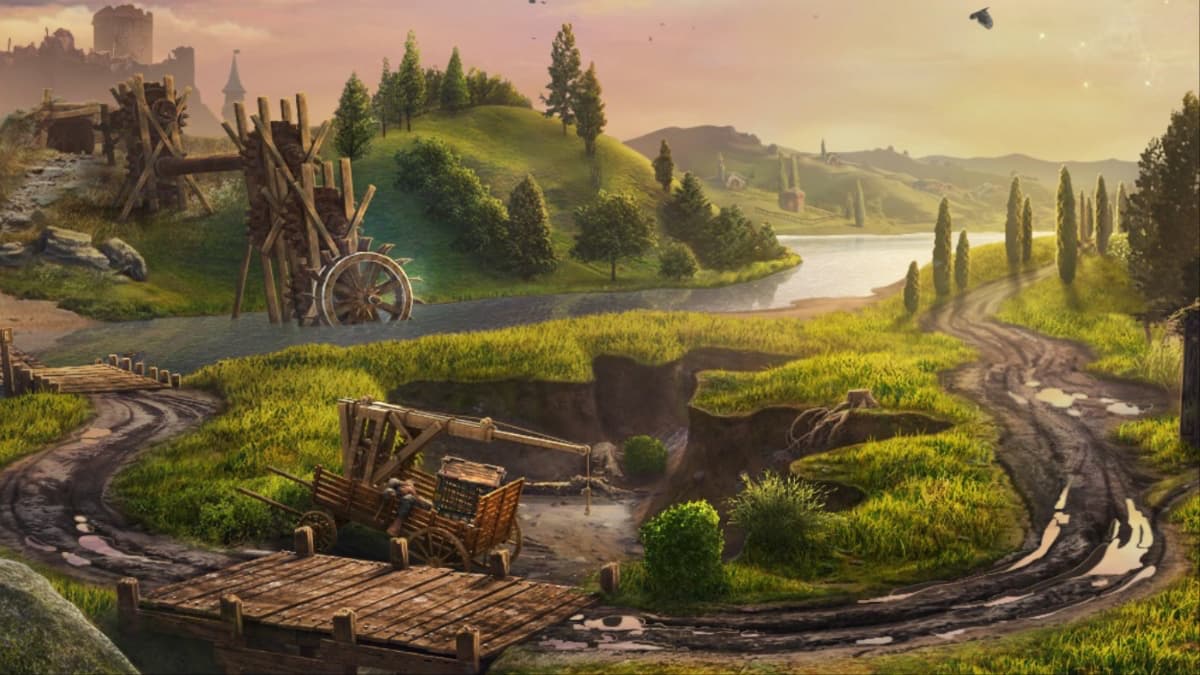
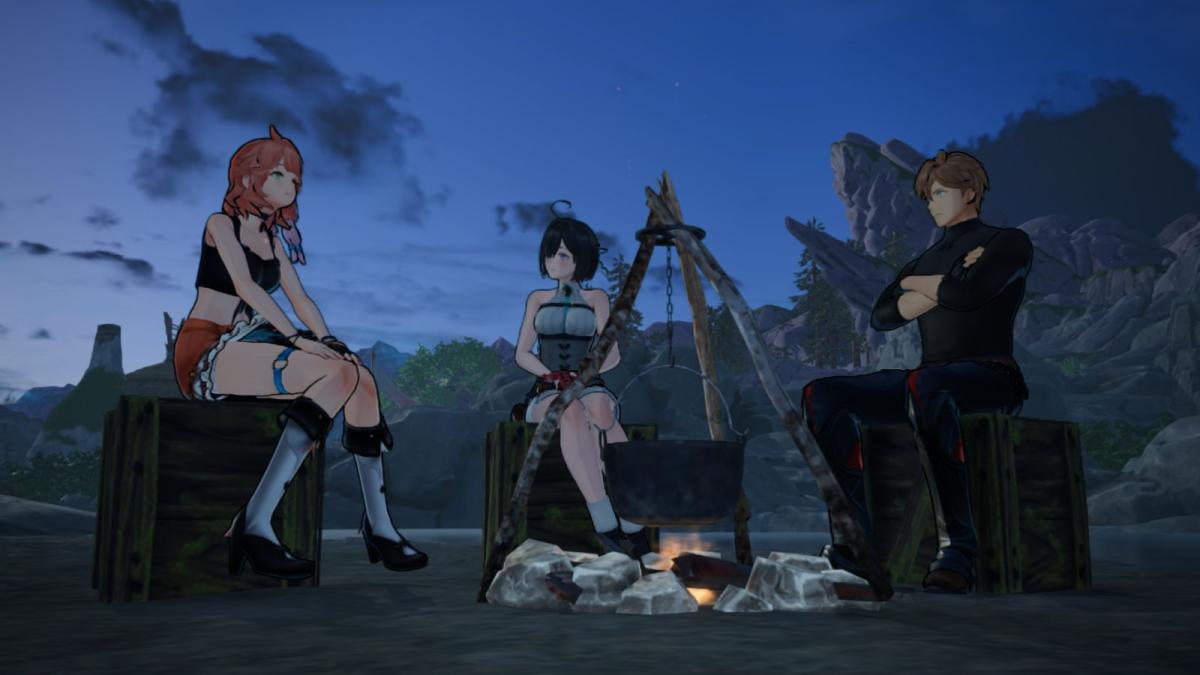
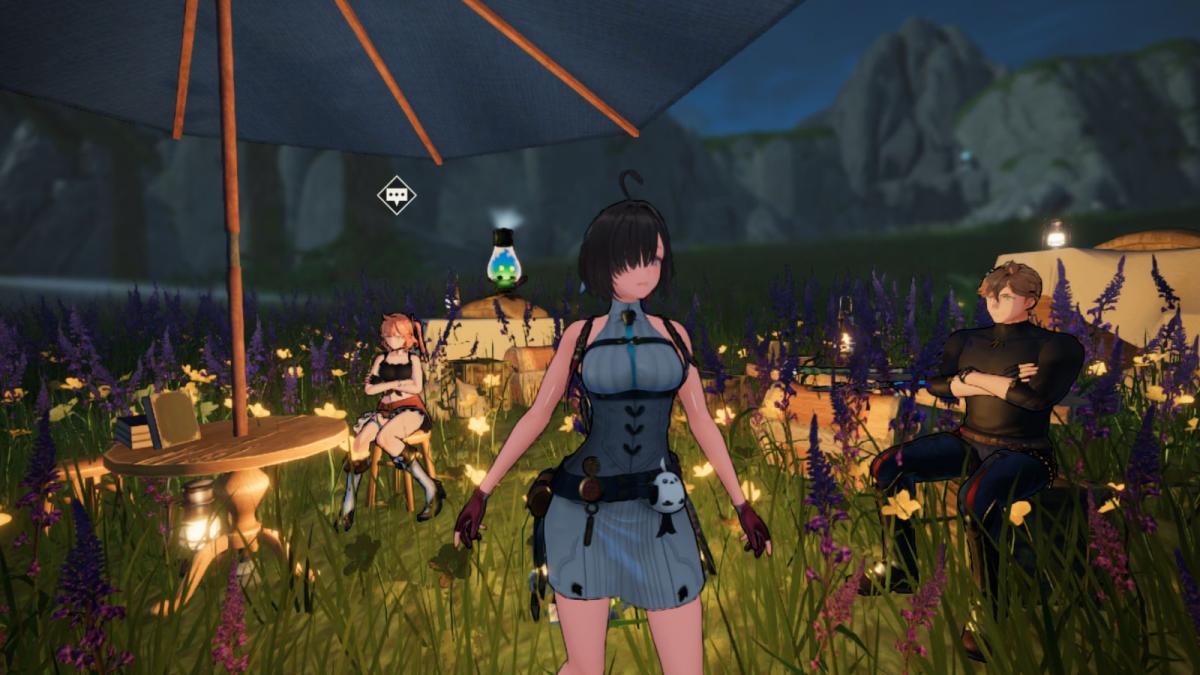

Published: Nov 11, 2014 01:50 pm